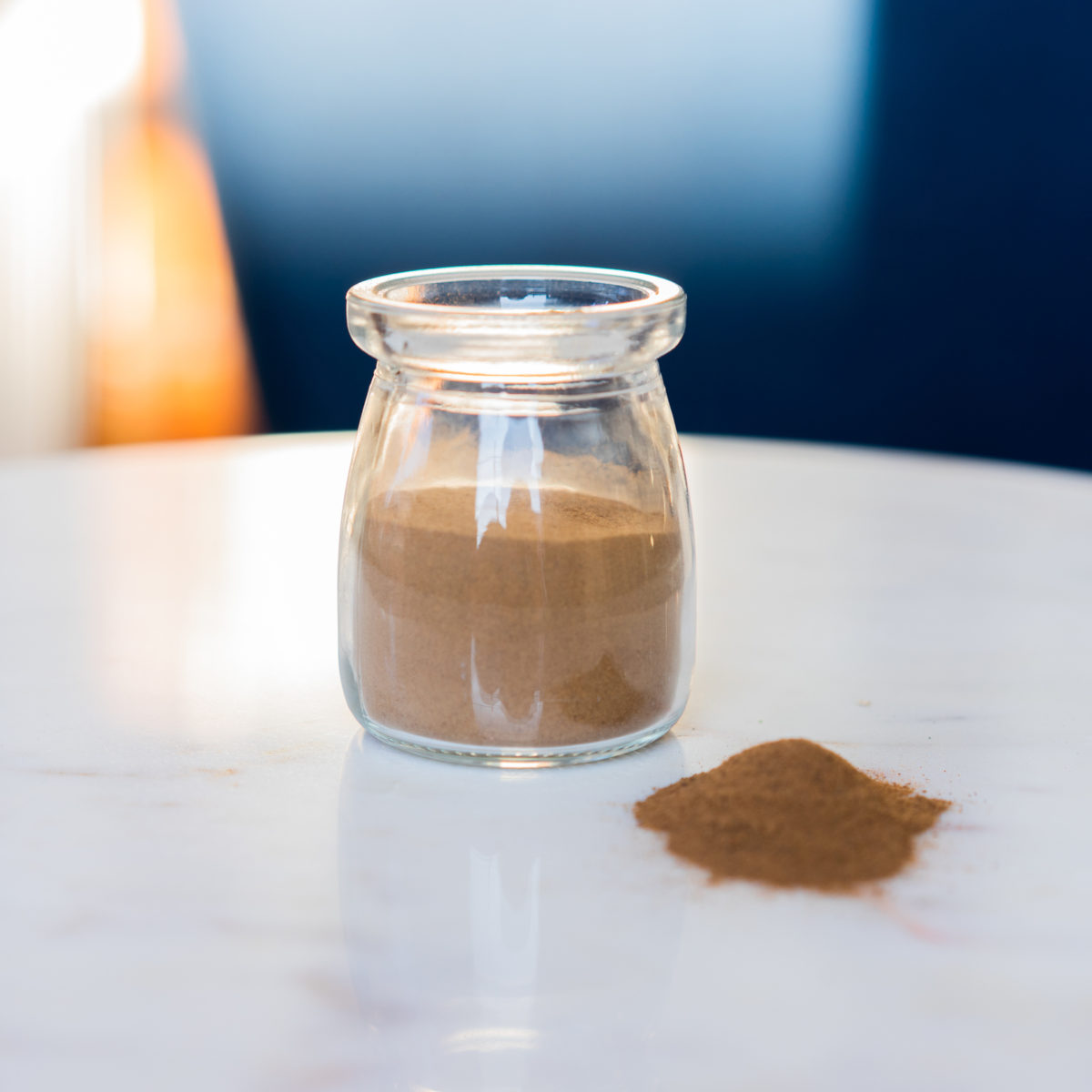
COMMON NAME (Chinese Name)
Tuber Fleeceflower (Fo-Ti)
BOTANICAL NAME
Reynoutria multiflora
COMMON NAME
Tuber fleeceflower; Chinese Climbing Knotweed; Chinese Knotweed; Chinese Cornbind;
BOTANICAL NAME
Reynoutria multiflora; Polygonum multiflorum; Fallopia multiflora;
USES
Generally speaking, Fleeceflower derivatives may be taken by mouth to fight the physical and cognitive signs of aging as the effects of this herb have long been thought to be generally tonifying and good for vitality. Specific reported actions include preventing bone loss and other conditions indicative of as associated with aging. When taken in safe doses, Fleeceflower supplements may combat getting gray hair and other conditions that cause a loss of or changes to pigmentation.
Given its potential anti-aging benefits, it’s also no surprise that there are currently also a large number of topical cosmetic products available featuring Fleeceflower as a primary ingredient. That said, many of these seemingly well-known benefits are largely un- and under-proven, and unwary consumers seeking unproven benefits may end up taking Fleeceflower in dangerously high doses or for dangerously long periods of time. Topical cosmetic applications of Tuber fleeceflower are generally much safer, with known outcomes like stimulating hair growth when the extract is massaged into the follicles.
Tuber is classified as slightly warm, bitter, sweet and astringent and affects primarily the Liver and the Kidneys. Traditionally it has been used for postpartum bleeding.
PREPARATION & ADMINISTRATION
The leaves, roots, and rhizomes of Fleeceflower plants are often used in oral supplements and topical creams/skin tonics (having first been dried and decocted). The stems also have some limited medicinal applications. One processed, Fleeceflower supplements are sometimes called “red fo-ti,” while the unprocessed plant is called “white fo-ti.” Raw and processed supplements had different historical indications for use. Yet, these days, we know you should avoid eating raw Fleeceflower roots or any other parts of the plant as doing so may cause significant, immediate liver injury. Processing the raw plant parts via hot water decoction is proven to reduce this toxicity.
PRECAUTIONS
Contemporary cultivation and preparation practices for fleeceflower supplementation have led to the creation of more concentrated, potent extracts which — when taken for an extended period of time or in large doses — may cause cumulative liver damage. Similarly, people already taking medications processed by the liver should not take Fleeceflower supplements. That’s because people who have pre-existing liver disease or are at a high risk of liver disease should never take Fleeceflower supplements, as they are at a dramatically higher risk of developing herb-induced liver damage.
Consequently, anyone interested in taking Fleeceflower supplements should first consult with a doctor, formally test their liver function, discuss their medical history and potential interactions with other prescribed medications, and assess their risk of having or developing liver disease. Then, when taking Fleeceflower supplements, you should start with low doses and continue monitoring liver function in response to dosing.
You should consult with a certified herbalist, physician or other qualified healthcare professional before taking fleeceflower.
REFERENCES
Feng, Yu, and Guy-Armel Bounda. “Review of Clinical Studies of Polygonum Multiflorum Thunb. and Its Isolated Bioactive Compounds.” Pharmacognosy Research, vol. 7, no. 3, 2015, p. 225., doi:10.4103/0974-8490.157957.
Hwang, Yun-Ho, et al. “Effects of Hot Water Extracts FromPolygonum Multiflorumon Ovariectomy Induced Osteopenia in Mice.” Evidence-Based Complementary and Alternative Medicine, vol. 2016, 2016, pp. 1–11., doi:10.1155/2016/8970585.
Saier, Christina, et al. “Polygonum Multiflorum Extract Exerts Antioxidative Effects and Increases Life Span and Stress Resistance in the Model Organism Caenorhabditis Elegans via DAF-16 and SIR-2.1.” Plants, vol. 7, no. 3, 2018, p. 60., doi:10.3390/plants7030060.
Thang, Nguyendinh, et al. “Polygonum Multiflorum Root Extract as a Potential Candidate for Treatment of Early Graying Hair.” Journal of Advanced Pharmaceutical Technology & Research, vol. 8, no. 1, 2017, p. 8., doi:10.4103/2231-4040.197332.
Um, Min-Young, et al. “Protective Effect of Polygonum Multiflorum Thunb on Amyloid β-Peptide 25-35 Induced Cognitive Deficits in Mice.” Journal of Ethnopharmacology, vol. 104, no. 1-2, 2006, pp. 144–148., doi:10.1016/j.jep.2005.08.054.

Comments (0)